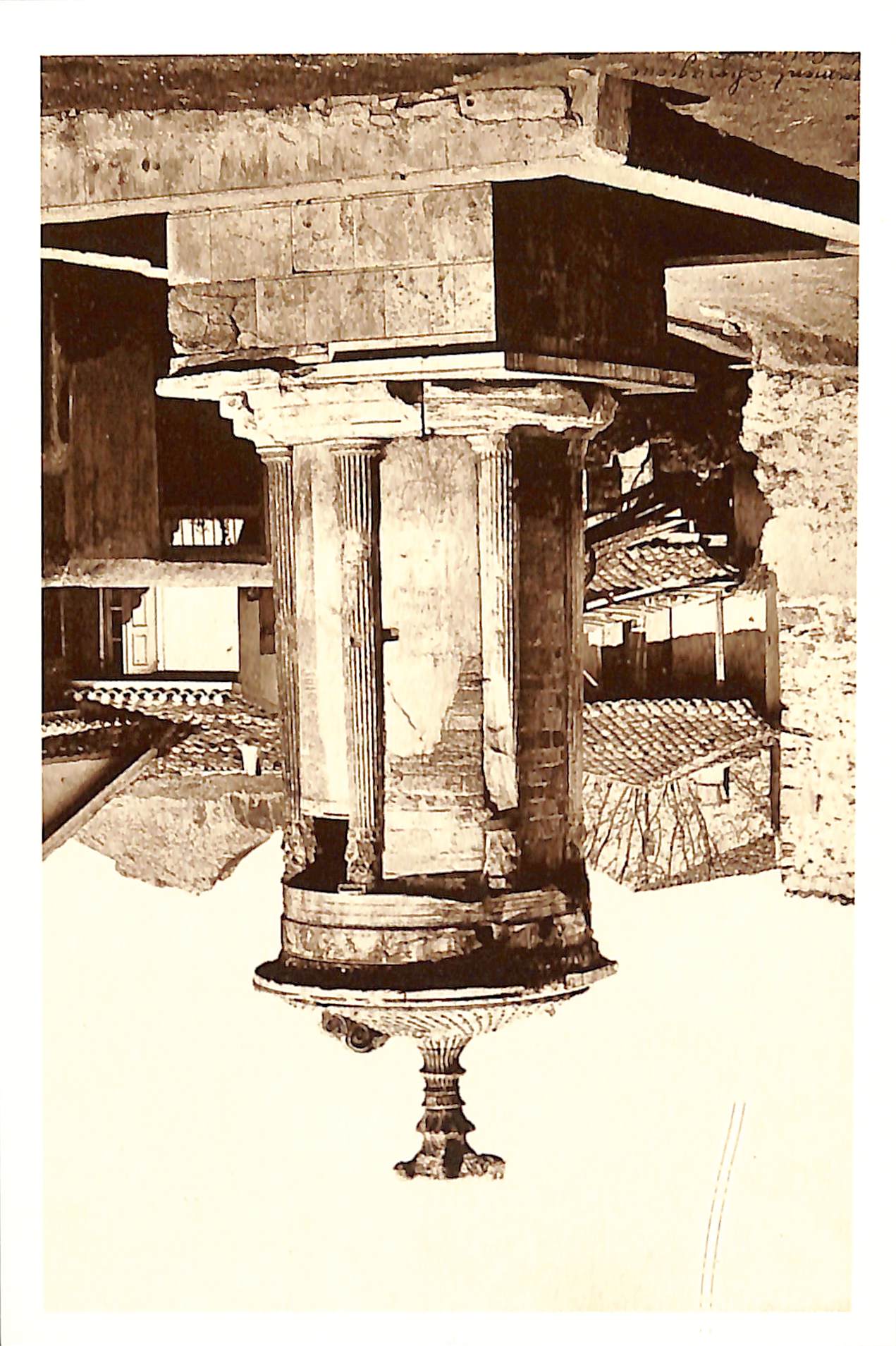
4/29/2025 10:08:47 AM
The Monument of Lysicrates in Athens
A choregic monument in the form of a small circular temple of the Corinthian order, built on the western side of Tripodon Street in Athens by Lysicrates in 335–334 BC, as stated by an inscription on its epistyle. It is set upon a square base made of poros stone, measuring 2.93 meters per side, with six Corinthian columns made of Pentelic marble placed between orthostates of Hymettian marble. These columns represent the earliest known examples of the Corinthian order in Athens. The frieze depicts themes related to the god Dionysus, while the roof is monolithic, with a leaf-like pattern on its upper surface that culminates in a base shaped like an acanthus plant. On this base stood the choregic tripod, the prize offered for the theatrical victory commemorated by the monument. The monument, also known as the "Lantern of Diogenes," was annexed in 1669 to the nearby Capuchin Monastery and was used by the monks as a reading room and library after they removed one of the orthostates to create an entrance. The monastery was destroyed during the Greek War of Independence. Today, the monument is the focal point of the square that bears its name and is the best-preserved example of a choregic monument in ancient Athens. Pictured: The Monument of Lysicrates in Athens, 1878. ©Municipal Photography Museum of Kalamaria ‘Christos Kalemkeris’.

